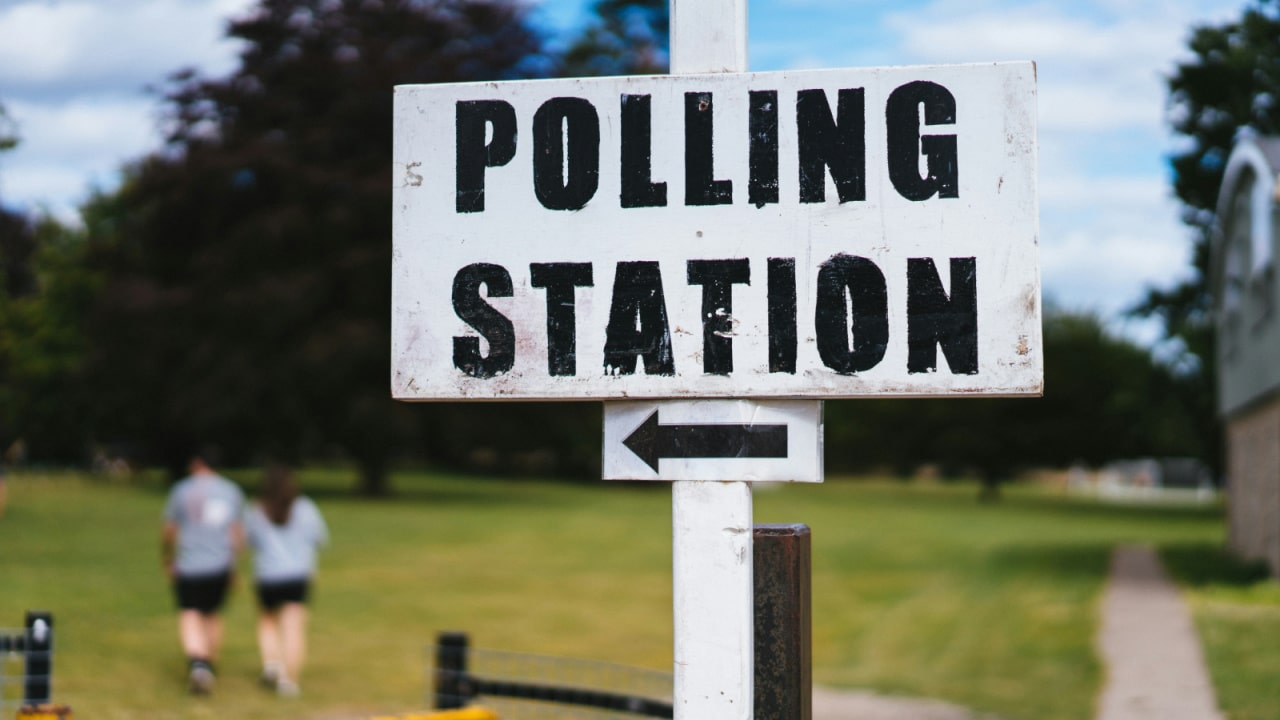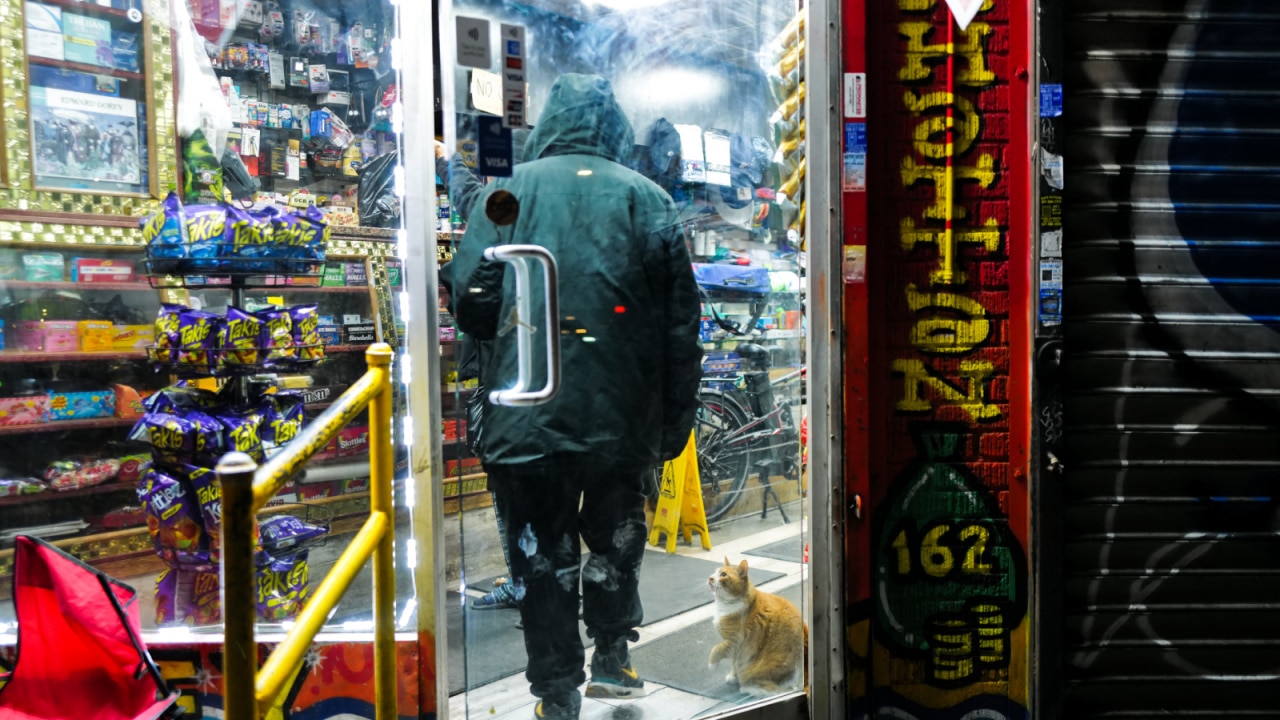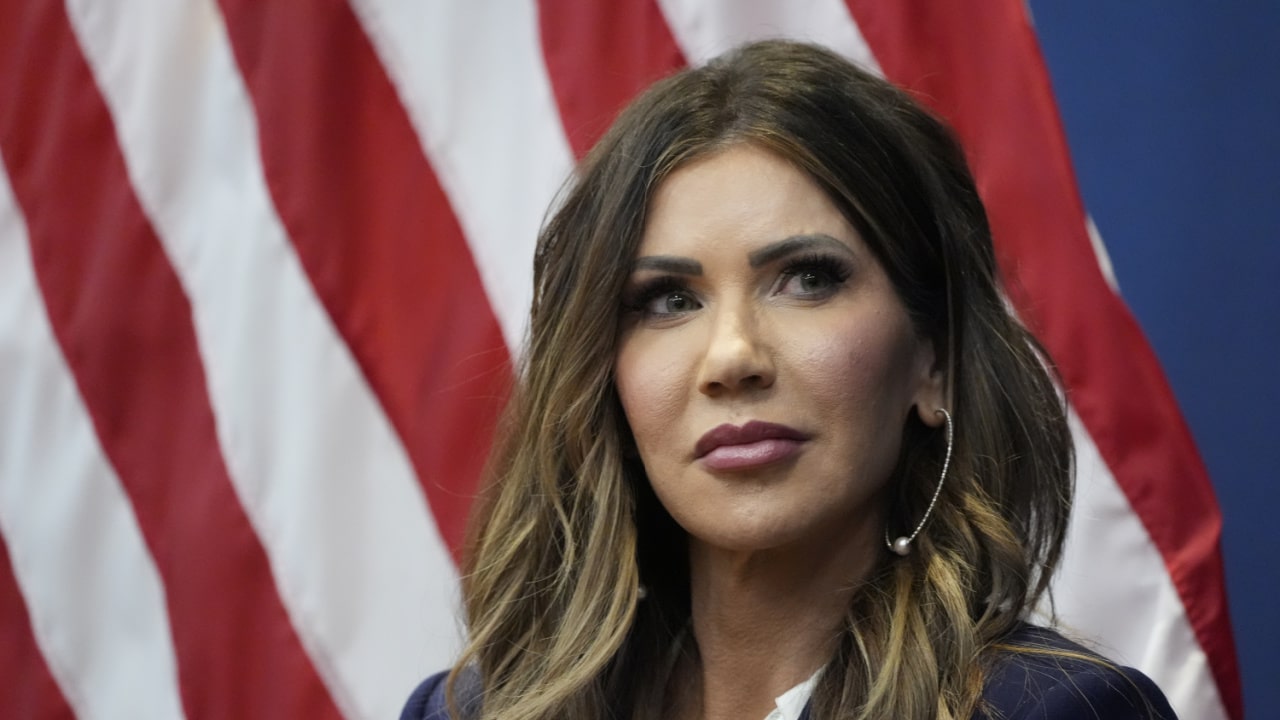Pope Francis, the First Latino Pontiff, Dies at 88 — Here Are the Most Fascinating Things You Might Not Know About Him
Pope Francis wasn’t just the first Latino pope. He was also the first Jesuit pope, the first pope from the Americas, and the first to take the name Francis, after the saint of humility and the poor. But beyond the history books, Jorge Mario Bergoglio led a life full of unexpected twists, radical gestures, and deeply personal contradictions.
He passed away on April 21, 2025, at the Vatican’s Casa Santa Marta, at 88 years old, as confirmed by Vatican officials. And while tributes are pouring in from world leaders and religious figures, it’s worth remembering the quieter details that made him one of the most singular figures in modern Catholic history.
Here are the most fascinating and surprising facts about Pope Francis.
Pope Francis Was Born in Buenos Aires to Italian Immigrants
According to multiple biographies and confirmed by National Geographic, Jorge Mario Bergoglio was born on December 17, 1936, in Buenos Aires, Argentina. He was the eldest of five children, raised in a modest home by Italian immigrant parents. His father, Mario, worked as a railway accountant, and his mother, Regina, was a homemaker.

He Was a Trained Chemist Before Becoming a Priest
Before joining the seminary, Pope Francis completed his secondary education as a chemical technician. He worked in a lab and even held other jobs—including sweeping floors at a sock factory. This scientific background later informed his approach to big issues like climate change, where he grounded theology in environmental urgency.
Pope Francis Lost Part of a Lung in His Youth
At the age of 21, Bergoglio had part of one lung removed due to a severe infection, reported by The Week and Britannica. Despite this, he maintained a demanding travel schedule throughout his papacy.
He Felt Called to Priesthood After a Confession
According to ACI Prensa and La Gaceta, Bergoglio felt the call to priesthood on September 21, 1953—Argentina’s Student Day. Before going to a celebration, he stopped by his local church for confession. The priest he encountered was a stranger, but the moment left him with a powerful sense that “someone was waiting for me.”

He Had a Girlfriend and Loved to Tango
Before attending seminary, he dated and regularly danced tango. In interviews, he admitted to having a girlfriend in a dance group, and to preferring the milonga to the tango. Despite joining the Jesuits, he never lost his love for Argentine music.
Pope Francis Once Worked as a Bouncer at a Nightclub
Yup. In his youth, Bergoglio worked as a club doorman to support himself during his studies. This unusual job gave him an early look at people on the margins—and, as he later said, helped him relate to the spiritually disillusioned.
Pope Francis Was a Psychology and Literature Teacher
Before becoming the Archbishop of Buenos Aires, he taught high school students psychology and literature. According to official Vatican bios and National Geographic, he taught at Colegio de la Inmaculada in Santa Fe and Colegio del Salvador in Buenos Aires in the 1960s.
He Lived a Life of Simplicity—Even as Pope
When elected, he refused the lavish papal apartments and opted to live in a modest guesthouse. He kept his old silver cross instead of a golden one and used a Ford Focus for transportation. “My people are poor, and I am one of them,” he often said, as reported by Telemundo.
Pope Francis Was a Devout Fan of San Lorenzo Football Club
Despite not playing football well (as he himself admitted), Pope Francis remained an avid supporter of San Lorenzo de Almagro, a soccer team based in Buenos Aires. He often asked Vatican aides for score updates.
He Loved Pizza and Cooked for His Family
Francis once said he learned to cook to help his mother, who was bedridden after giving birth to his younger sibling. He was known to prepare pasta and pizza, joking: “Well, I never poisoned anyone.”
He Was a Survivor of Argentina’s Military Dictatorship
According to Vida Nueva Digital and The New York Times, during Argentina’s brutal dictatorship, Bergoglio helped dissidents escape. In one case, he allegedly gave someone his own ID and clerical robes to flee the country disguised as a priest.
He Had a Deep Devotion to San José Dormido
Pope Francis famously kept a statue of Saint Joseph sleeping on his desk. Whenever he faced a difficult problem, he would write it on a piece of paper and place it under the statue—”so he can dream about it,” he said.
He Went to Therapy at Age 42
In his book-interview, Politics and Society, he revealed that he saw a Jewish psychoanalyst for six months while serving as Jesuit provincial. He credited her professionalism and said the sessions helped him.
Pope Francis Didn’t Watch TV for 35 Years
Out of a promise he made to the Virgin of Carmel, Pope Francis stopped watching television in 1990. He maintained that commitment throughout his papacy.
He Was Fluent in Spanish and Italian, But Struggled with English
He once said he “parrots” Italian and finds English the hardest to speak. Still, he could read French, Latin, and German, and frequently quoted poetry and classical texts.
Pope Francis Had a Sharp Sense of Humor
He prayed daily for “a good sense of humor” using a prayer by Saint Thomas More. His jokes were legendary—when asked to wear white pants like past popes, he quipped: “I’m not an ice cream man.”
He Took Strong Positions on Climate and Capitalism
In 2015, he released Laudato Si’, an encyclical on climate change and ecological justice. He called for the care of “our common home” and condemned unregulated capitalism for harming the poor and the Earth.
He Shifted the Church’s Tone on LGBTQ+ Issues
While church doctrine didn’t formally change, Francis softened its tone. In 2013, he made waves when he said, “Who am I to judge?” about gay Catholics seeking God. He later supported civil unions, allowed priests to bless same-sex couples, and approved baptisms and godparents regardless of gender identity.
He Embraced Interfaith Dialogue
Francis made historic visits to the Middle East and embraced Muslim leaders. In Iraq, he met with Ayatollah Ali al-Sistani and championed religious coexistence. He also visited Buddhist and Jewish leaders in various countries.
He Apologized for the Church Abuses
After initially doubting survivors of abuse in Chile, he reversed course and publicly apologized. He defrocked Cardinal McCarrick and introduced reforms requiring bishops to report abuse and coverups.
He Welcomed Refugees with Actions, Not Just Words
In 2016, during a visit to Lesbos, he brought 12 Syrian refugees back to the Vatican on his plane. “They are guests of the Vatican,” he said. He repeatedly called the migrant crisis a moral test for humanity.
Pope Francis Preferred the Company of the Marginalized
After speaking to Congress in Washington, D.C., he skipped lunch with lawmakers and dined instead with 300 homeless people. According to NPR, he said Jesus was homeless too, reminding people of the need for shelter and dignity.
He Asked Forgiveness from Indigenous Communities
During visits to Canada and other countries, he acknowledged the Church’s role in colonial violence and cultural erasure, particularly in boarding schools. He delivered public apologies and met with survivors.
He Was a Radical—Even in Rituals
He famously washed and kissed the feet of Muslim, Christian, and Hindu refugees, including women, during Holy Thursday services. These gestures were both symbolic and bold, challenging conservative expectations.
He Knew His Time Would Be Short
According to The New York Times and National Geographic, Francis had signed a letter of resignation in case of medical incapacity. He also chose to be buried in the Basilica of Santa Maria Maggiore rather than the Vatican—a nod to his devotion to the Virgin Salus Populi Romani.
Pope Francis Will Be Remembered as the ‘Pope from the End of the World’
When elected in 2013, he told the crowd: “It seems that my brother cardinals went almost to the ends of the Earth to find him.” And yet, the pope from Buenos Aires reshaped the Church’s center of gravity. Not from wealth or Europe, but from humility, from South America, and from the margins.




